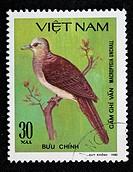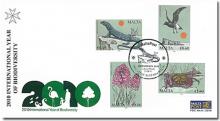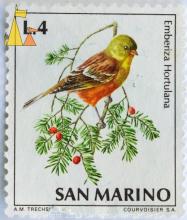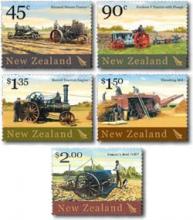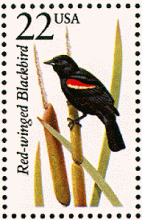Intensieve akkerbouw bedreigt boerenlandvogels
- Read more about Intensieve akkerbouw bedreigt boerenlandvogels
- Log in to post comments
Op akkerbouwbedrijven waar veel pesticiden gebruikt worden en de graanopbrengst hoog is, broeden minder boerenlandvogels. Ook brengen minder vogels er de winter door. Dit concludeert NWO-promovenda Flavia Geiger op basis van een grootschalig onderzoek dat zij samen met onderzoekers van negen andere Europese Universiteiten uitvoerde. Zij promoveerde op 21 januari 2011 aan de Wageningen Universiteit.


